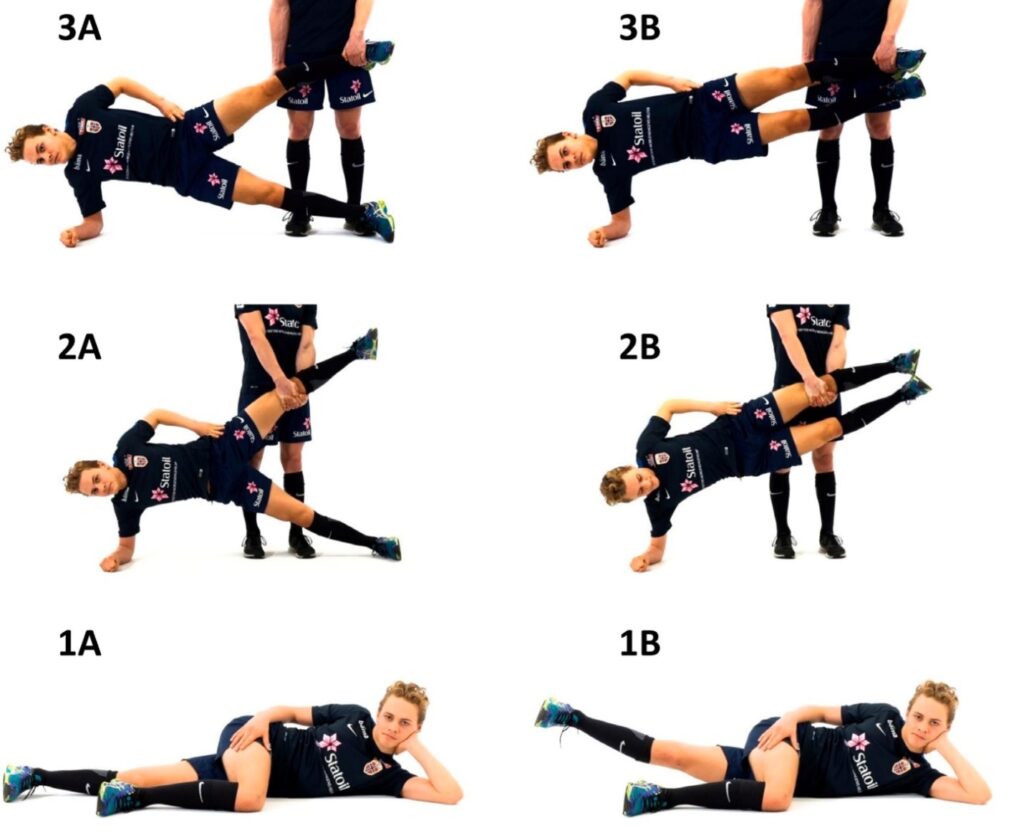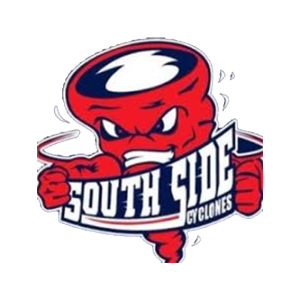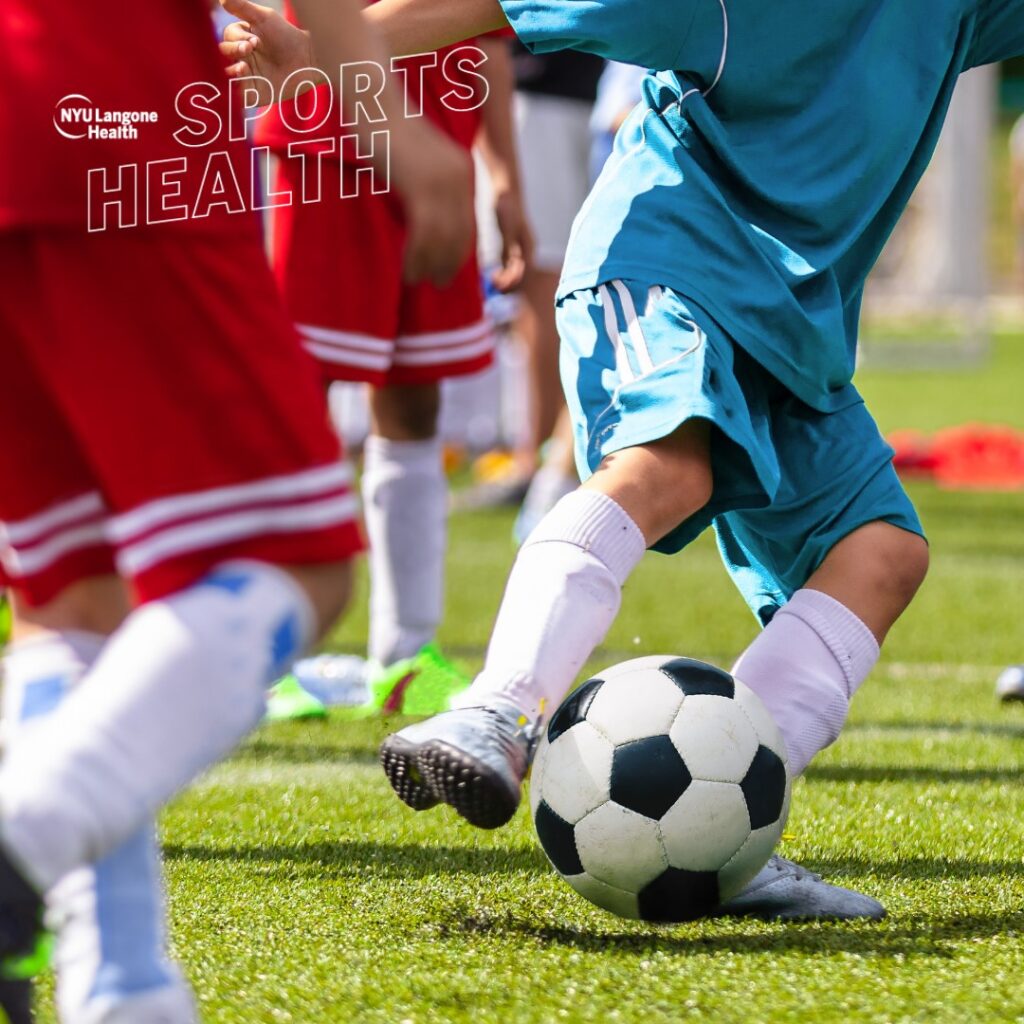Valuable information from Section VIII’s Official Partner in Health Education
Common Hip Injuries in Soccer and Prevention
Ioannis C. Zouzias, MD, Clinical Assistant Professor of Orthopedics, NYU Langone Health
Hip flexor and hip adductor strains are very common in soccer athletes. Hip adductor strains are more common than hip flexor strains. Boys have a higher rate of injury to this area compared with girls. Most hip flexor and hip adductor injuries are non-contact in nature. Forceful contraction of the muscle during kicking, deceleration, acceleration or cutting may be involved in these types of strains. Injury can also be due to overuse. In an epidemiological study of NCAA athletes looking at hip flexor and hip adductor injuries published in the American Journal of Sports Medicine, only 3.6% of hip flexor and 3.4% of hip adductor strains were considered to be severe and most hip flexor and hip adductor strains resulted in <1 week of participation restriction.
The iliopsoas is a deep muscle group that connects our spine to our hip and functions as a primary hip flexor. The athlete may complain of a deep vague pain in the groin area. The muscle also acts a lumbar stabilizer and sometimes back pain may be associated with these strains. Some athletes may also experience snapping in the hip when it is too tight.
Physical therapy is the mainstay of treatment for athletes with hip flexor strains. Common treatment modalities include spine mobilization, strain-counter strain technique, trigger point treatment, passive range of motion and skin rolling.
The adductor muscle complex includes multiple muscles with the adductor longus being the one that is most commonly strained. Large mechanical loads are placed on this tendon during soccer, especially with the kicking motion. The athlete will complain of pain on the inner thigh and will be tender in this area. In order to avoid repeat injury athletes should have full strength and range of motion prior to returning to sport. In the British Journal of Sports Medicine, an adductor strengthening program utilizing the Copenhagen Adduction exercise has been described to prevent injury in soccer athletes. It consists of a single exercise with varying degrees of difficulty.
Level 1 (easiest): side lying hip adduction
Level 2 (moderate): Copenhagen Adduction exercise with short lever arm
Lever 3 (hardest): Copenhagen Adduction exercise as originally described
Still experiencing pain? Get treated by a NYU Langone Sports Health expert today at https://nyulangone.org/care-services/sports-health

Harøy J, et al. Br J Sports Med 2019;53:145–152. doi:10.1136/bjsports-2017-098937



































































